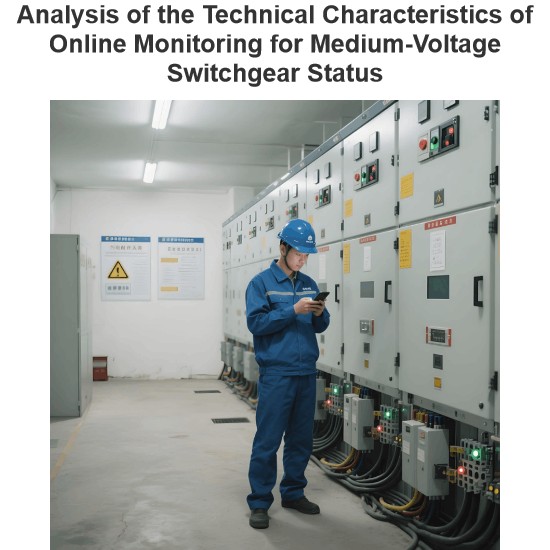What makes an MCB unsuitable for a load with a high inrush current?
The MCB (Miniature Circuit Breaker) is not suitable for loads with high surge currents, mainly due to its design characteristics and protection mechanisms. Here's a detailed explanation:
The protective characteristics of MCB
MCB is mainly used to provide overload and short circuit protection, and its protection characteristics are usually divided into four types: A, B, C and D, each corresponding to a different peak current bearing capacity.
Feature A: Suitable for lower peak currents (typically 2-3 times the rated current In), mainly used in scenarios requiring fast, delay-free tripping.
Feature B: Allows peak current < 3In to pass through, suitable for resistive loads such as incandescent lamps and electric heaters, as well as for the protection of residential circuits.
C Features: Allows peak current < 5In to pass through, suitable for most electrical circuits such as fluorescent lamps, high-voltage gas discharge lamps, and line protection in power distribution systems.
D Feature: Allows a peak current of less than 10In to pass through, suitable for switchgear with high peak currents such as transformers and solenoid valves.
The impact of high surge current
High surge current refers to the instantaneous high input current consumed by electrical equipment when it is connected to the power supply. Although brief, this current has immense energy and destructive force. High surge currents can have serious consequences such as burning, damaging, or reducing the lifespan of devices or components. If the rated characteristics of the MCB cannot withstand this high surge current, it may lead to the following issues:
False tripping: The MCB may immediately open under surge current conditions, preventing the equipment from starting up properly.
Insufficient Overload Protection: The overload protection mechanism of the MCB may not be sufficient to handle high surge currents, failing to effectively protect circuits and devices.
Equipment Damage: Continuous high surge currents may cause damage to MCBs and connected equipment, affecting the stability and safety of the system.
Alternative
For high surge current loads, you may consider using other types of protective devices such as surge current limiters (like NTC thermistors), transformer-based switch relays, or precharge circuits. These devices are specifically designed to manage and limit surge currents, ensuring safe operation of the equipment during startup.
Summary
The MCB is not suitable for loads with high surge currents, mainly because its protective characteristics are not designed to fully cope with the challenges posed by high surge currents. When selecting a protective device, it is necessary to choose an appropriate one based on the specific load characteristics and application environment to ensure the reliability and safety of the system.
The Electricity Encyclopedia is dedicated to accelerating the dissemination and application of electricity knowledge and adding impetus to the development and innovation of the electricity industry.













